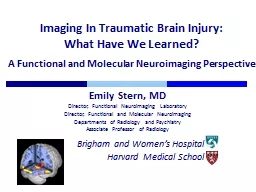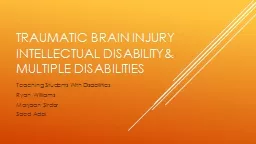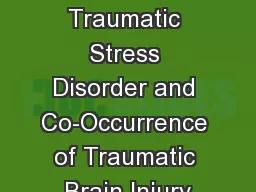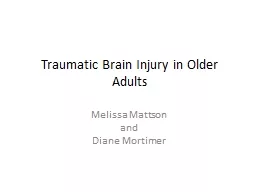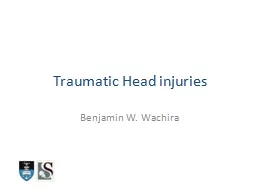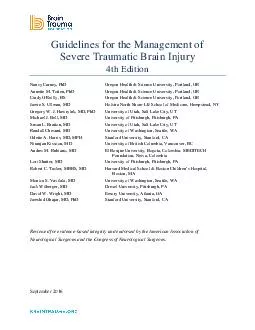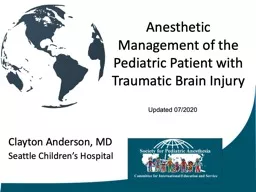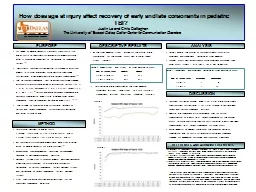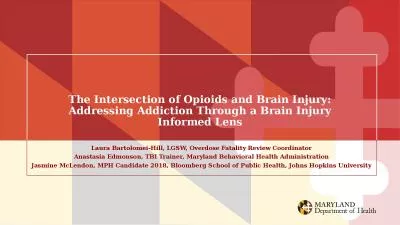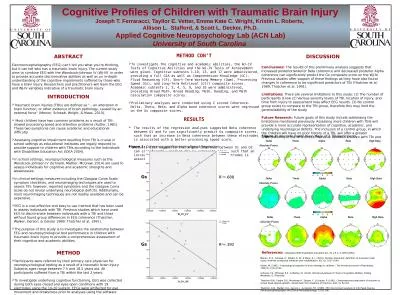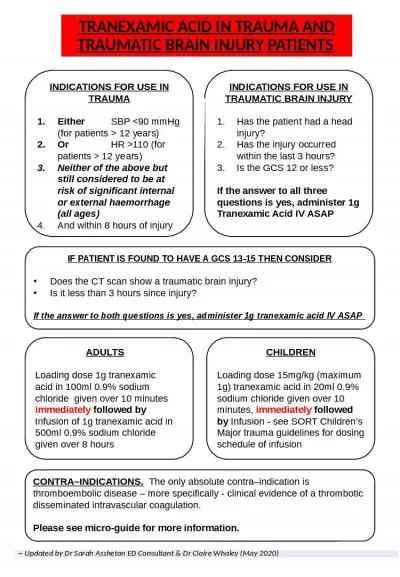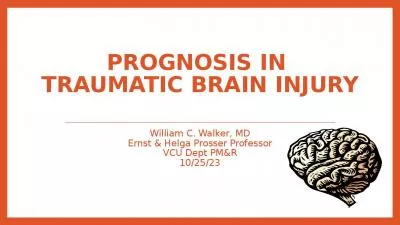PPT-1 Introduction: Traumatic Brain Injury
Author : min-jolicoeur | Published Date : 2018-11-06
Chris Rorden Deficits associated with focal injury Typical scanning modalities 2 Describing cortex location Brodmann Areas BAs 1909 Appearance of cortex under microscope
Presentation Embed Code
Download Presentation
Download Presentation The PPT/PDF document "1 Introduction: Traumatic Brain Injury" is the property of its rightful owner. Permission is granted to download and print the materials on this website for personal, non-commercial use only, and to display it on your personal computer provided you do not modify the materials and that you retain all copyright notices contained in the materials. By downloading content from our website, you accept the terms of this agreement.
1 Introduction: Traumatic Brain Injury: Transcript
Download Rules Of Document
"1 Introduction: Traumatic Brain Injury"The content belongs to its owner. You may download and print it for personal use, without modification, and keep all copyright notices. By downloading, you agree to these terms.
Related Documents


